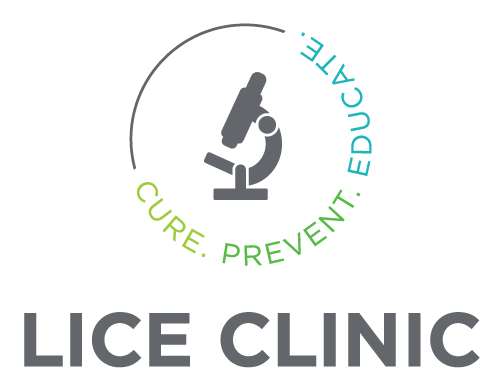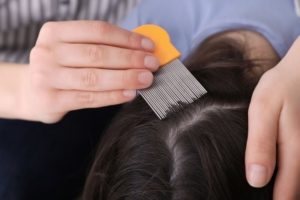Lice and Hair Extensions: What You Need to Know
Hair extensions can transform your look — adding volume, length, and instant confidence. But when lice enter the picture, things get tricky. Whether you wear clip-ins, tape-ins, sew-ins, or keratin bonds, lice don’t discriminate. They can cling to natural strands just as easily as they can cozy up near extensions. The key is knowing how lice interact with different types of hairpieces and what to do if you discover a problem.
Yes, Lice Can Live Near Extensions
Lice don’t actually care if your hair is short, long, thick, thin, natural, or enhanced — as long as they can get close to the scalp. They thrive by feeding on blood and laying eggs near the warmth of the scalp, so even if your extensions aren’t directly affected, your natural hair underneath absolutely is.
If you suspect lice and you’re wearing extensions, don’t assume you’re in the clear just because the bugs “can’t live on fake hair.” They don’t have to — they only need access to your scalp.
Pro Tip: Be extra vigilant with bonded extensions or sew-ins. These styles can make detection harder and give lice more time to multiply.
Signs of Lice in Hair with Extensions
Spotting lice can be tricky when extensions are involved, especially with bonded or taped styles that limit access to the scalp. But the signs are the same:
- Persistent itching
- Tickling sensations on the scalp
- Small red bumps at the hairline or nape
- Visible nits (lice eggs), which look like tiny white or yellowish ovals stuck to the hair shaft
If you’ve noticed any of these symptoms, it’s time to act fast.
Why DIY Isn’t the Best Route
When extensions are involved, over-the-counter lice treatments just won’t cut it. Most of them contain harsh chemicals that can damage your extensions — and even if they don’t, they’re not always effective, especially if you can’t access the scalp thoroughly. Plus, removing nits from around the base of bonded or sewn-in extensions is nearly impossible without professional tools and training.
Your best bet is to let a professional lice clinic handle it. We know how to navigate around extensions without causing damage, and we can ensure the lice are fully removed — no guesswork required.
Should You Remove the Extensions?
In some cases, yes. If the infestation is severe or if your extensions make it hard to access the scalp, removal might be necessary. A reputable lice technician can help you decide what’s best based on the type of extensions and level of infestation.
Good news: Many clients are able to keep their extensions in during treatment. Others choose to remove them temporarily and reinstall once the lice are fully gone. Either way, the goal is thorough removal, not permanent sacrifice.
Aftercare and Prevention Tips
Once the lice are gone, you’ll (obviously) want to keep it that way. Here’s how:
- Avoid sharing brushes, hats, or hair accessories, especially in close-contact environments.
- Stick to regular lice checks, especially if you’re around kids or group settings.
- Wear your hair up in tight styles when possible to make it harder for lice to transfer.
- Clean any clip-in extensions thoroughly and store them safely between uses.
If you plan to reinstall extensions after treatment, make sure they’re completely clean and lice-free — even clip-ins can harbor leftover lice for a short time.
Protecting Your Hair (and Sanity)
Lice and hair extensions don’t mix well, but it’s a manageable situation when handled the right way. With a little professional help, you can treat the lice, protect your hair, and get back to feeling like yourself — no drama necessary.




















